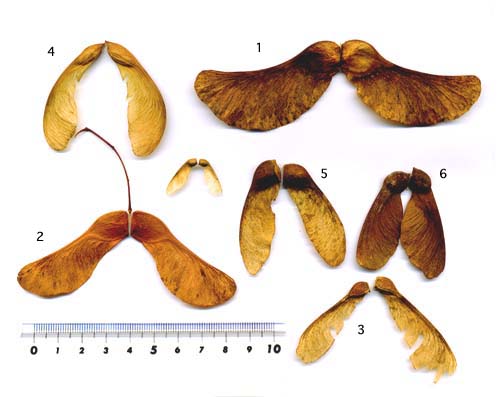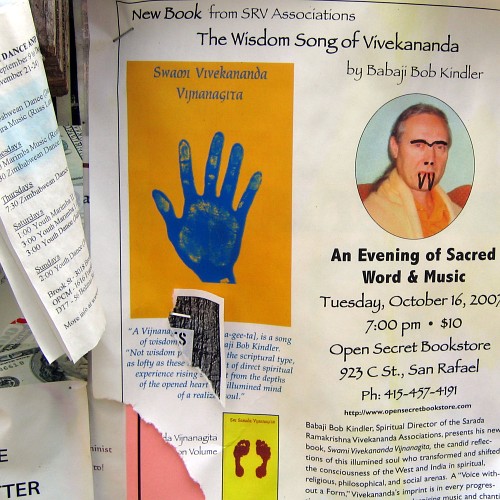
The fur trade, as it lengthened, manifested its own destiny and Canada's, too. The fur trade established canoe routes to the far northwest, and conjoined the segments of a continental wilderness. It is possible to cross Canada by canoe, to crisscross Canada, to go almost anywhere. Canada is twenty-five per cent water. The quantity of it outreaches belief. A sixth of all the fresh water that exists on earth is in Canadian lakes, Canadian ponds, Canadian streams, Canadian rivers. A friend of mine who grew up in Timmins, a remote community in Ontario, once told me about an Indian friend of his in boyhood who developed an irresistible urge to see New York City. He put his canoe in the water and started out. From stream to lake to pond to portage, he made his way a hundred miles to Lake Timiskaming, and its outlet, the Ottawa River. He went down the Ottawa to the St. Lawrence, down the St. Lawrence to the Richelieu, up the Richelieu to Lake Champlain, nad from Lake Champlain to the Hudson. At the Seventy-ninth Street Boat Basin, he left the canoe in the custody of attendants and walked on into town. Reversing that trip, and then some, one could go by canoe from Seventy-ninth Street to Alaska, and down the Yukon to the Bering Sea. By the Rat-Porcupine route (up the Rat, down the Porcupine), the length of the portage over the Rocky Mountains is half a mile. Between the Atlantic and the Pacific, anywhere on the routes that were used by the fur trade, the longest portage is thirteen miles (and even that is an exaggeration, because the trail is interrupted by a mile-long lake). In 1778, a white trader for the first time crossed that portage. It is Methye Portage, in what is now northern Saskatchewan. His name was Peter Pond. Beyond the portage, in the region of Lake Athabasca, he encountered a crowded population of beaver whose fur (as a result of the mean temperature there) was as long and rich as any yet found in North America. The discovery extended to its practical limit the distance that fur could travel in the unfrozen season by canoe from the source to Montreal. Trans-atlantic ships could navigate the St. Lawrence to the Lachine Rapids, near Montreal. At the head of the rapids, the fur-trade canoe routes began. The distance from Lachine to Lake Athabasca was three thousand miles. Unsurprisingly, the men who did the paddling were known as the voyageurs.
-- John McPhee, The Survival of the Bark Canoe (New York: Farrar, Straus, and Giroux, 1975), 56-58.














